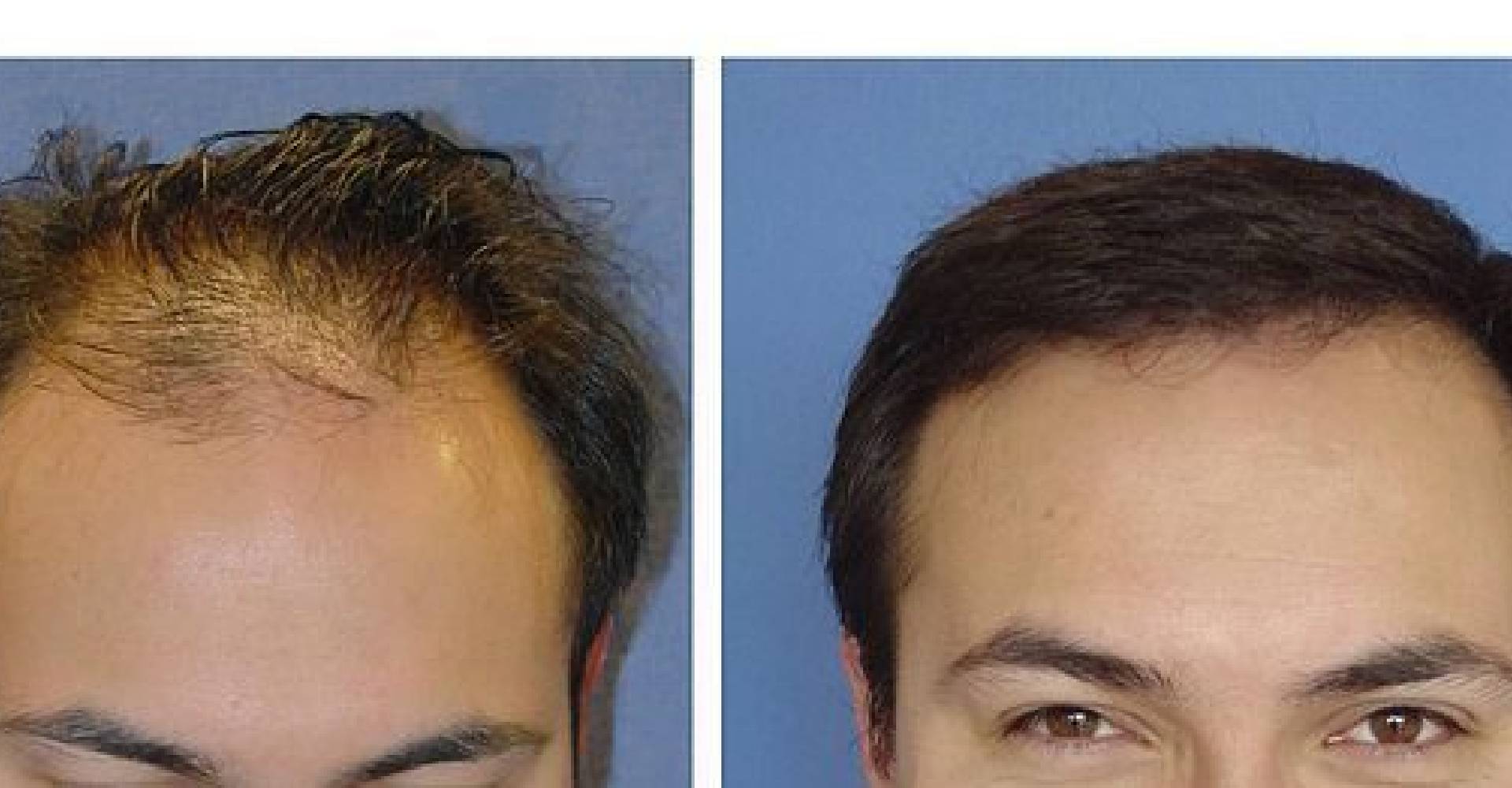For many, losing one’s hair can feel like losing one’s identity. Certainly, witnessing multiple hairs being washed down the drain with each shower can be like watching oneself age in real time.
While there seems to be no shortage of lotions and potions out there with claims of restoring hair, most are marketed without any real research to support them. Minoxidil and Finasteride, both available by prescription only in Canada, have shown the most promise and have peer-reviewed studies to support them, but there are potential side effects and any new hair resulting from them is immediately lost once you cease using them.
What is a Hair Transplant?
Hair transplantation is one of the most effective solutions today for individuals experiencing hair loss or balding. As the name suggests, hair transplantation involves literally cutting out hair follicles from one area of the scalp and transplanting them into the needed areas. The procedure is conducted by a surgeon who has specifically studied hair transplantation techniques. With many new iterations and techniques available today, hair transplantation has come a long way since its inception. With the improvements over the years, patient satisfaction has also increased greatly.
Hair transplants can reopen the door to your lost confidence. If you’ve watched The Office, you may have noticed how different Steve Carrel looks in season two. Carrel underwent a hair transplant in 2006, and you can see the newfound confidence and charisma instantly.


Most patients undergoing a transplant are between 30-49 years old. It’s mostly due to the fact that for effective hair transplants, you require a minimum thickness of hair growth in the “donor” area for the procedure to be successful. It can be performed at any age, though, provided there’s enough hair to work with.
Hair Transplant Methods
There are two main methods used for hair transplants in Canada, though methods can vary across the globe. Surgery can take several hours or several days depending on severity.
Follicular Unit Extraction (FUE) is the most popular, but also the more expensive route. This method entails the removal of one follicle (a graft) from the donor area at a time and then its placement in the recipient area.
Follicular Unit Transplantation (FUT) is easier to perform but offers a less refined finish. For FUT, a plastic surgeon removes a full strip of skin (a graft) at a time and then removes the follicles to insert into the donor site. Since transplants in Canada are priced per graft, FUT is significantly cheaper, but will leave more noticeable scarring in the form of a line of scarred scalp where no hair will grow in the future.
For both methods, the transplanted hair will start to fall out after a couple of weeks. Don’t worry, it’s part of the process. Since the full hair follicle is planted into the scalp, hair will regrow within six to twelve months after the procedure. You may need to go in for touch up surgeries.
A hair transplant won’t stop the aging process. Even transplanted hair will eventually turn grey with the rest of your head. While the new hair is up to the challenge of hair dye after a month, your scalp may not be. Check with your doctor before applying any harsh chemicals to your scalp.
Getting a Hair Transplant in Canada
Hair transplantation is considered a cosmetic surgery and is therefore not covered by provincial health insurance unless there are extreme extenuating circumstances such as disfigurement. You’re also not likely to find it covered by personal insurance either. Expect to pay the full price quoted to you by your surgeon.
Depending on the province, the method used, the amount required and the clinic attended, a hair transplantation session in Canada will cost somewhere between $8,000-$21,000. Paying per graft makes severity a key factor in how much the procedure will cost.
Traveling to Turkey
Turkey has become a global hotspot for hair transplants, with numerous TikTok and Instagram videos touting great service and prices. Not only is Istanbul a medical tourism hotspot, the city has over 500 hair transplant facilities to choose from. Plus Canadians won’t even need a visa to enter the country.
Beware of scams, it can be easy to fall prey to a malicious money grab or hire a less than reputable surgeon. Research your surgeon before booking an appointment to ensure the best experience. Always make sure they’re a licensed plastic surgeon who specializes in hair transplants.
Getting the procedure done in Turkey will cost between $1,800-$6,200 CAD, but count on additional expenses. All in all, including travel, leisure activities, accommodations, and food, the experience can end up being comparable to that of having the procedure done at home.
Along with FUT and FUE, Turkey offers Direct Hair Implantation (DHI). Similar to FUE, DHI removes one follicle at a time to transplant into the problem area. It uses a Choi pen instead of the Sapphire blade used in FUE, which will cause less scarring.
Canada: $8,000-$21,000
Turkey: $1,800-$6,200
Recovery
Sleeping well may be a challenge immediately post-op. It’s recommended not to put any pressure on the transplanted hair follicles for 72 hours after surgery. You will receive a cap or bandages to shield your new hair until it’s strong enough to stand on its own.
You will not be able to wash your hair immediately. Depending on the procedure you may need to wait up to a week.
The pain, discomfort, and inflammation can be managed with ibuprofen or acetaminophen and an ice pack. Try to keep your blood pressure down by avoiding stress, sleeping and eating well, keeping your head elevated, and avoiding strenuous exercise. This will mitigate swelling.
Whether you choose a Canadian or Turkish surgeon, you might want to consider hair transplantation as a way to gain a renewed sense of confidence and self.
~ Read more from The Health Insider ~
- From Pickleball to Cornhole: Our Top 5 Picks for the Best Summer Backyard Lawn Games Have fun and stay fit with The Health Insider’s top 5 choices for summer lawn games which you can play in the backyard, at the cottage or any public park
- The Critical Cholesterol Test Your Doctor Might Be MissingStandard cholesterol tests miss key risks. ApoB and Lp(a) may give you the full heart-health picture.
- No Safe Amount: New Study Warns on Processed Meat and Sugary DrinksYour BBQ habits could shape your family’s future. A major new study finds no safe level of processed meat or sugary drinks.
- Elimination Diet vs. Food Sensitivity Testing: What’s Better for Your Gut?Feeling bloated or foggy after meals? Food sensitivity tests aren’t always reliable. An elimination diet might be the clearer path.
- Footloose and Barefoot: The Health-Boosting Freedom Your Feet DeserveBarefoot walking may ease pain, boost mood, and even improve posture—if you do it safely.
- Tummy Tranquility On The Go: Maintaining Good Digestion While TravellingA travel-ready stomach starts at home. Here’s how to hydrate, eat smart, and pack your gut-friendly toolkit before you head abroad.
The information provided on TheHealthInsider.ca is for educational purposes only and does not substitute for professional medical advice. TheHealthInsider.ca advises consulting a medical professional or healthcare provider when seeking medical advice, diagnoses, or treatment. To read about our editorial review process click here.

















